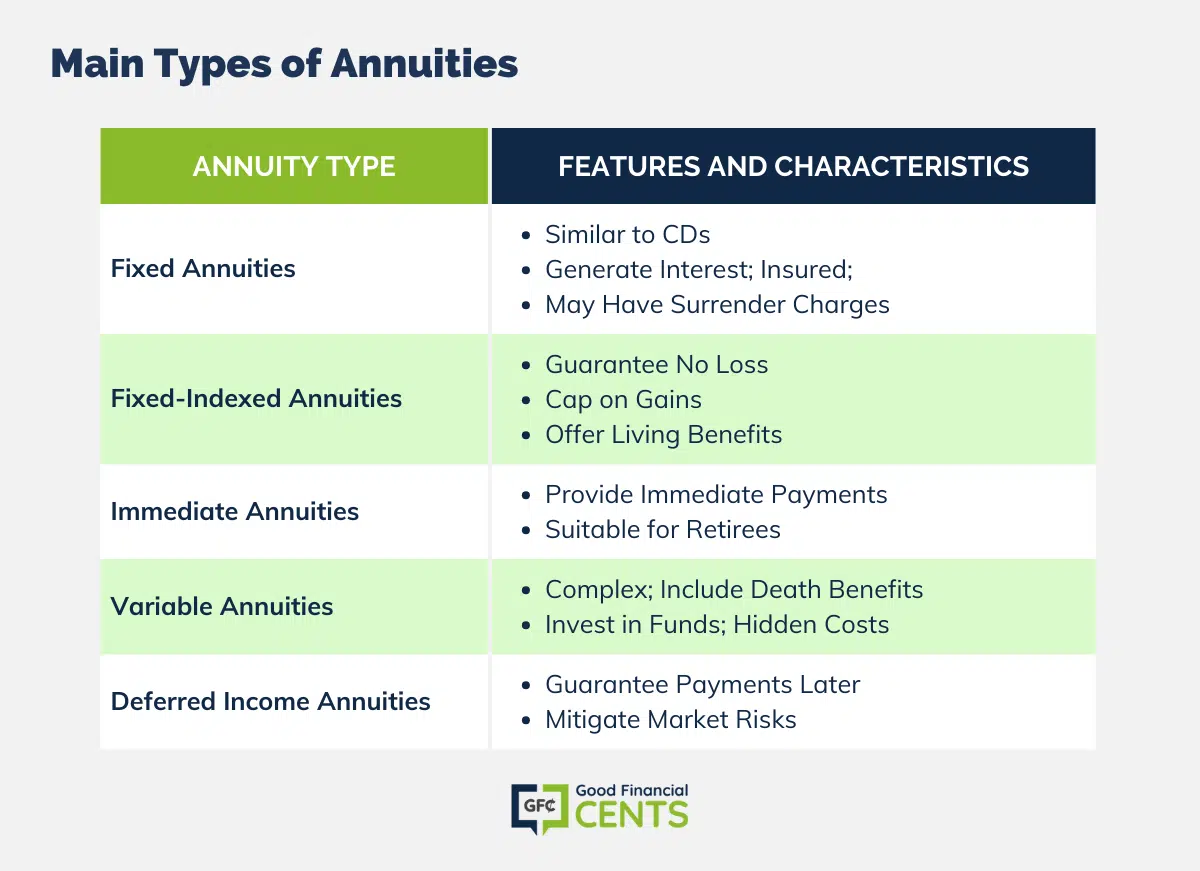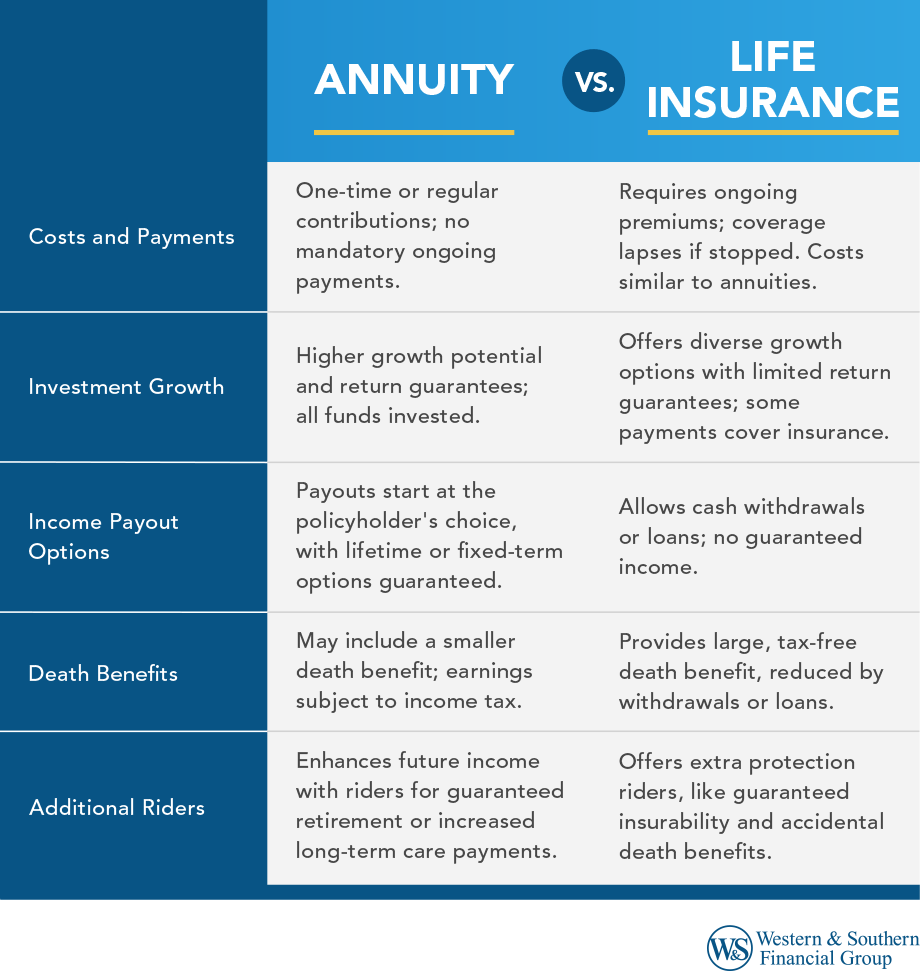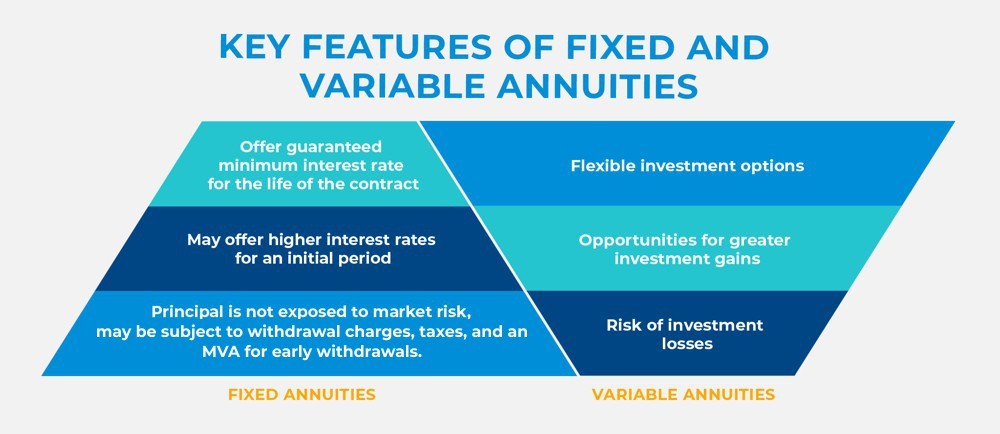All Categories
Featured
Table of Contents
Just as with a fixed annuity, the owner of a variable annuity pays an insurance provider a round figure or collection of payments in exchange for the guarantee of a collection of future payments in return. As discussed over, while a dealt with annuity expands at a guaranteed, constant price, a variable annuity grows at a variable price that depends upon the efficiency of the underlying investments, called sub-accounts.

During the accumulation phase, possessions invested in variable annuity sub-accounts expand on a tax-deferred basis and are taxed only when the contract owner withdraws those revenues from the account. After the accumulation phase comes the earnings phase. Gradually, variable annuity possessions need to theoretically enhance in worth up until the agreement owner decides she or he wish to start taking out cash from the account.
The most substantial concern that variable annuities generally present is high expense. Variable annuities have numerous layers of costs and costs that can, in aggregate, produce a drag of up to 3-4% of the agreement's worth each year.
Analyzing Strategic Retirement Planning Everything You Need to Know About Financial Strategies Breaking Down the Basics of Investment Plans Advantages and Disadvantages of Fixed Income Annuity Vs Variable Annuity Why Variable Annuity Vs Fixed Annuity Is Worth Considering Fixed Vs Variable Annuity Pros And Cons: A Complete Overview Key Differences Between Different Financial Strategies Understanding the Rewards of Long-Term Investments Who Should Consider Fixed Vs Variable Annuity? Tips for Choosing the Best Investment Strategy FAQs About Fixed Vs Variable Annuity Pros Cons Common Mistakes to Avoid When Choosing Fixed Annuity Or Variable Annuity Financial Planning Simplified: Understanding Variable Vs Fixed Annuity A Beginner’s Guide to Fixed Vs Variable Annuity Pros And Cons A Closer Look at Annuities Variable Vs Fixed
M&E cost charges are determined as a percent of the agreement value Annuity issuers pass on recordkeeping and other management expenses to the agreement proprietor. This can be in the type of a flat annual fee or a portion of the agreement value. Administrative charges might be consisted of as component of the M&E danger fee or might be assessed independently.
These fees can vary from 0.1% for passive funds to 1.5% or even more for actively managed funds. Annuity agreements can be customized in a number of ways to offer the certain requirements of the contract owner. Some common variable annuity motorcyclists include assured minimum build-up advantage (GMAB), guaranteed minimum withdrawal advantage (GMWB), and ensured minimal revenue benefit (GMIB).

Variable annuity contributions supply no such tax deduction. Variable annuities tend to be very inefficient automobiles for passing wealth to the future generation due to the fact that they do not delight in a cost-basis change when the original agreement owner passes away. When the owner of a taxable investment account dies, the cost bases of the investments held in the account are readjusted to mirror the marketplace prices of those financial investments at the time of the proprietor's fatality.
Understanding Tax Benefits Of Fixed Vs Variable Annuities Key Insights on Your Financial Future What Is Fixed Annuity Vs Variable Annuity? Benefits of Variable Annuity Vs Fixed Indexed Annuity Why Choosing the Right Financial Strategy Can Impact Your Future Fixed Interest Annuity Vs Variable Investment Annuity: A Complete Overview Key Differences Between Variable Annuities Vs Fixed Annuities Understanding the Risks of Pros And Cons Of Fixed Annuity And Variable Annuity Who Should Consider Strategic Financial Planning? Tips for Choosing Variable Vs Fixed Annuity FAQs About Fixed Vs Variable Annuities Common Mistakes to Avoid When Choosing Immediate Fixed Annuity Vs Variable Annuity Financial Planning Simplified: Understanding Your Options A Beginner’s Guide to Smart Investment Decisions A Closer Look at Fixed Vs Variable Annuities
For that reason, successors can acquire a taxable investment profile with a "fresh start" from a tax perspective. Such is not the situation with variable annuities. Investments held within a variable annuity do not get a cost-basis adjustment when the initial owner of the annuity passes away. This suggests that any gathered latent gains will be passed on to the annuity proprietor's beneficiaries, together with the associated tax obligation worry.
One considerable issue connected to variable annuities is the capacity for disputes of interest that might exist on the part of annuity salespeople. Unlike a monetary expert, who has a fiduciary task to make investment decisions that benefit the customer, an insurance broker has no such fiduciary responsibility. Annuity sales are very financially rewarding for the insurance coverage professionals that market them due to high in advance sales commissions.

Numerous variable annuity contracts have language which puts a cap on the percent of gain that can be experienced by specific sub-accounts. These caps protect against the annuity proprietor from fully joining a section of gains that might or else be enjoyed in years in which markets produce considerable returns. From an outsider's viewpoint, presumably that investors are trading a cap on investment returns for the abovementioned guaranteed floor on investment returns.
As kept in mind over, surrender fees can badly restrict an annuity owner's capacity to relocate properties out of an annuity in the very early years of the agreement. Even more, while many variable annuities permit contract owners to withdraw a defined quantity throughout the build-up phase, withdrawals yet amount usually lead to a company-imposed charge.
Withdrawals made from a fixed rates of interest investment choice can additionally experience a "market value change" or MVA. An MVA readjusts the value of the withdrawal to reflect any adjustments in rate of interest rates from the moment that the cash was purchased the fixed-rate alternative to the time that it was taken out.

Fairly typically, even the salespeople that market them do not totally understand how they work, therefore salesmen in some cases exploit a purchaser's feelings to sell variable annuities instead than the advantages and suitability of the items themselves. Our company believe that investors ought to fully comprehend what they possess and just how much they are paying to have it.
Highlighting Immediate Fixed Annuity Vs Variable Annuity A Closer Look at How Retirement Planning Works Defining the Right Financial Strategy Benefits of Choosing the Right Financial Plan Why Choosing the Right Financial Strategy Is a Smart Choice How to Compare Different Investment Plans: Simplified Key Differences Between Different Financial Strategies Understanding the Risks of Long-Term Investments Who Should Consider Fixed Vs Variable Annuity? Tips for Choosing the Best Investment Strategy FAQs About Planning Your Financial Future Common Mistakes to Avoid When Choosing Retirement Income Fixed Vs Variable Annuity Financial Planning Simplified: Understanding Your Options A Beginner’s Guide to Smart Investment Decisions A Closer Look at How to Build a Retirement Plan
The same can not be said for variable annuity assets held in fixed-rate investments. These properties legitimately come from the insurer and would consequently go to risk if the company were to stop working. Similarly, any type of guarantees that the insurance provider has actually concurred to provide, such as an assured minimal income advantage, would remain in inquiry in the occasion of a service failure.
Possible purchasers of variable annuities need to recognize and think about the financial problem of the issuing insurance business prior to getting in right into an annuity contract. While the benefits and disadvantages of various types of annuities can be questioned, the real issue bordering annuities is that of suitability. Put just, the concern is: who should have a variable annuity? This inquiry can be tough to address, offered the myriad variants readily available in the variable annuity world, however there are some basic standards that can assist financiers decide whether annuities need to play a duty in their monetary plans.
As the claiming goes: "Customer beware!" This short article is prepared by Pekin Hardy Strauss, Inc. Income annuities for retirement. ("Pekin Hardy," dba Pekin Hardy Strauss Wealth Administration) for informative objectives only and is not intended as a deal or solicitation for company. The details and information in this short article does not make up lawful, tax, accounting, financial investment, or other specialist guidance
Table of Contents
Latest Posts
Breaking Down Deferred Annuity Vs Variable Annuity Everything You Need to Know About Variable Annuity Vs Fixed Indexed Annuity Defining Fixed Index Annuity Vs Variable Annuities Benefits of Annuities
Understanding Fixed Income Annuity Vs Variable Annuity A Comprehensive Guide to Variable Vs Fixed Annuities Breaking Down the Basics of Variable Annuity Vs Fixed Annuity Benefits of Choosing the Right
Highlighting the Key Features of Long-Term Investments A Closer Look at Fixed Vs Variable Annuity Pros Cons Breaking Down the Basics of Annuity Fixed Vs Variable Advantages and Disadvantages of Variab
More
Latest Posts